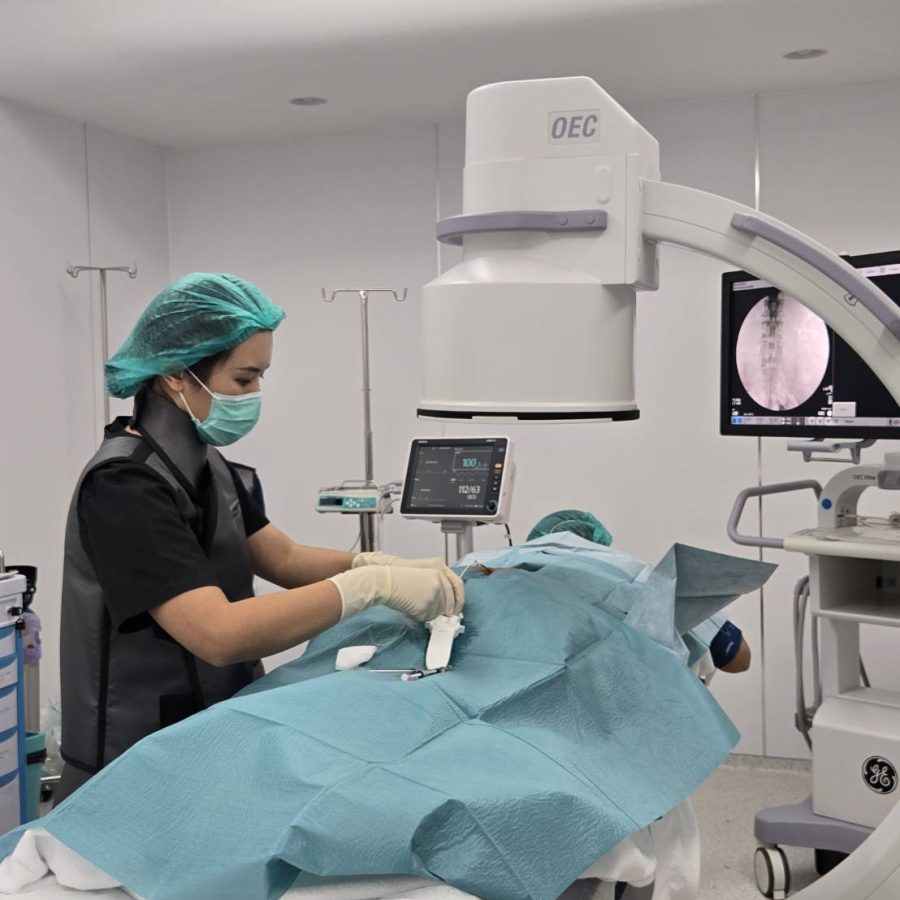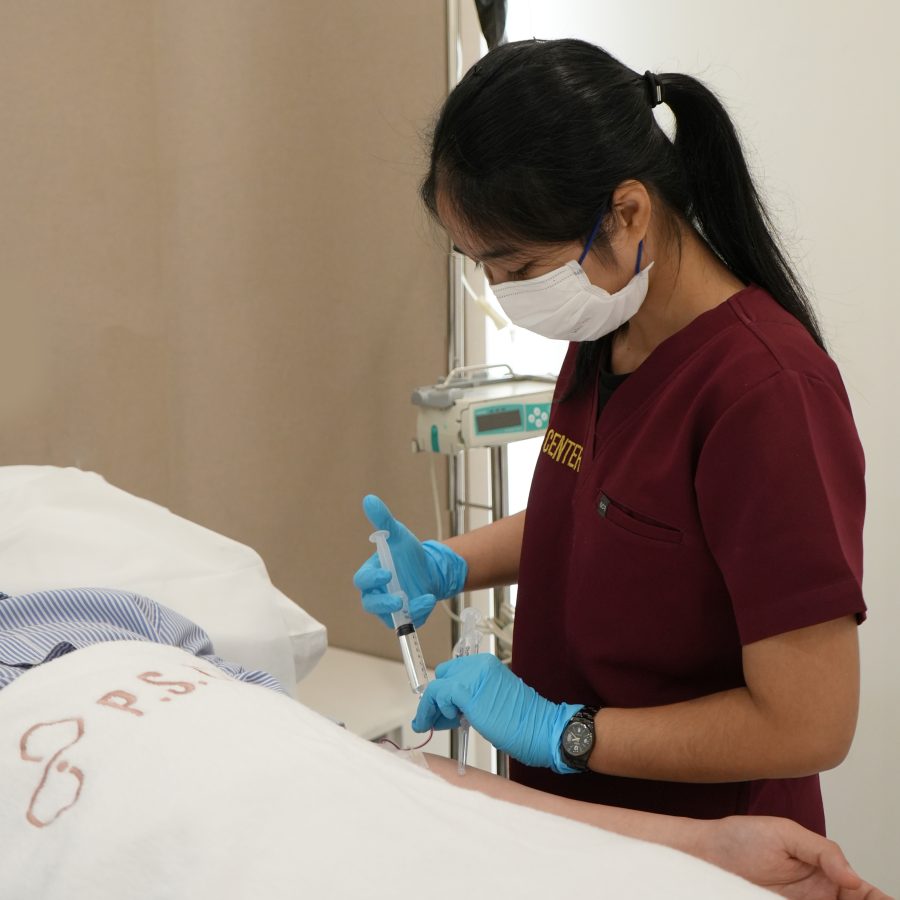“Suffering from neck pain? Endless physiotherapy sessions with no lasting relief? Cervical medial branch block might be the solution—here’s why.”
What are the types of neck pain?
- Isolated neck pain: Pain confined to the neck area or radiating to the shoulder blade area. It often stems from the small joints in your neck called facet joints, which can become dysfunctional.
- Neck pain with radicular pain: Pain radiating down the arm, often due to nerve irritation. This type of pain can be treated with a cervical epidural injection.
Who is a candidate for a cervical medial branch block?
If you have persistent neck pain that has not responded to conservative treatments like physical therapy or medications, or if your doctor suspects the pain originates from your cervical facet joints, you might benefit from a medial branch block.
What is a cervical medial branch block procedure?
It’s a minimally invasive procedure where a small amount of anesthetic is injected near the medial branch nerves, which supply the facet joints. This helps determine if these joints are the source of your pain.
How long does the procedure take?
The procedure typically takes 15-30 minutes. You will be awake and lying comfortably during the process.
What should I expect during the procedure?
- You’ll lie on your side.
- The doctor uses ultrasound guidance to locate the correct nerves.
- A small amount of anesthetic is injected. You might feel temporary discomfort, but the procedure is usually well-tolerated.
What results can I expect?
If your pain significantly reduces after the block, it confirms that the facet joints are the source of your pain. The relief might last a few hours to days, and the results help guide further treatment like radiofrequency ablation for longer-lasting pain relief.
How do I take care of myself after the procedure?
- Avoid driving on the same day, as there might be some dizziness.
- Rest for the day and avoid strenuous activities.
- Resume normal activities the following day unless instructed otherwise.
- Common side effects include soreness at the injection site and dizziness.
How can I prevent neck pain?
- Practice good posture, especially during work or screen time.
- Stay active with regular neck and shoulder exercises.
- Avoid prolonged positions; take breaks to stretch.
- Use ergonomic furniture and proper pillows for support.
Compiled by;Rarinthorn Choomsai Na Ayuthaya, M.D. Interventional Pain Specialist
Contact us to learn more or to schedule a consultation.
Tel: 02-125-3959, 098-195-0991







